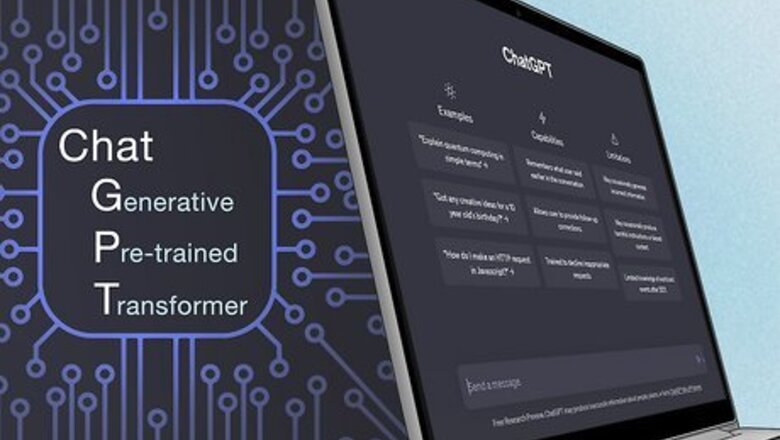
views
- ChatGPT is an artificial intelligence chatbot that can generate and understand natural human language.
- The chatbot responds to prompts based on its training data, context, and knowledge of language patterns.
- ChatGPT's data comes from a massive dataset that includes billions of websites, books, journals, articles, and internet forums.
What is ChatGPT?
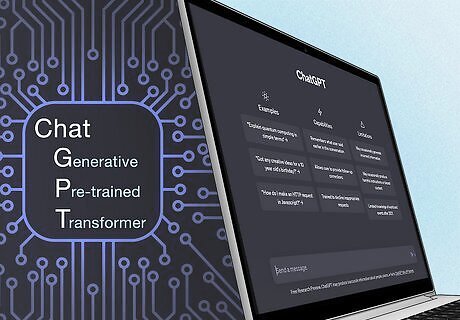
ChatGPT is a generative AI chatbot. The "Chat" part of its name refers to ChatGPT's conversational abilities, while "GPT" stands for the large language model (LLM) behind the service. An LLM is a type of artificial intelligence trained by a massive dataset that can generate and understand human-like text. ChatGPT makes it possible for anyone—regardless of their technical experience—to access the LLM by asking questions and providing prompts through a conversational chatbot. If you're wondering about the "GPT" in ChatGPT, here's a quick breakdown: Generative: The model generates natural human-like text based on user input. Pre-trained: GPT was trained using a massive amount of data from a variety of sources, including billions of websites, social media platforms, forums, books, articles, and journals. The model's training data taught it to learn patterns in grammar and contextual relationships in language. Transformer: This is a type of neural network that learns context and relationships between words.
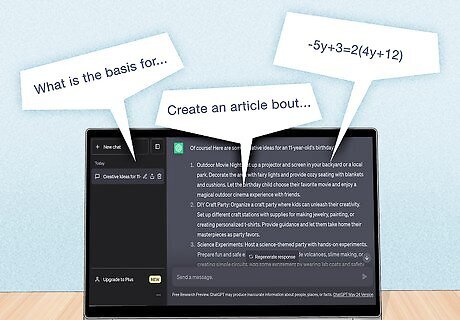
You can use ChatGPT to answer questions, generate content, and solve problems. ChatGPT is generative, which means it can create text content based on your prompt. For example, you can tell ChatGPT that you want to write rap lyrics in the style of Drake, build a basic website in HTML and CSS, or write an argumentative essay, and the bot will fulfill your request. You can also ask it follow-up questions and provide additional context as needed, which can be helpful when writing code, organizing data, summarizing complicated information, and figuring out what to write in professional or personal emails. You can access ChatGPT for free on the web with your OpenAI account, or using the official ChatGPT iPhone app. Subscribing to ChatGPT Plus is $20 per month and grants you access to bonus features like access to OpenAI's new GPT-4 LLM, internet-enabled plugins, and the ability to log in during high-traffic times.
How ChatGPT Was Trained
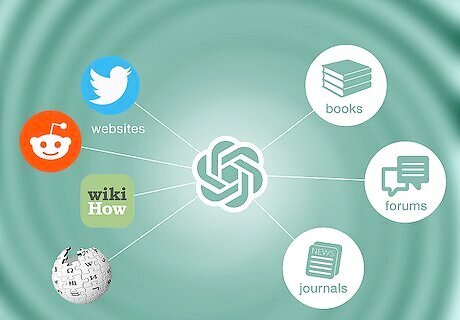
ChatGPT doesn't look things up—it was trained. Training is the process of teaching an artificial language model how to make predictions. Instead of searching the web for answers when you ask it a question, ChatGPT knows the answer based on its training data. The GPT model went through a two-step training process to make it as accurate and humanlike as possible: Pretraining: During pretraining, ChatGPT was exposed to an extensive dataset mostly scraped from the web using the Common Crawl and WebText datasets. These datasets included websites like Reddit, Twitter, Wikipedia, and even wikiHow. Because so much of this training data was conversational, ChatGPT learned how to formulate responses much like a human would. It can also carry on a convincing conversation due to its understanding of dialog patterns. Fine-tuning: While the training data included plenty of accurate information, it also included problems like uncensored language and false information. Real human reviewers worked with the model extensively to help it interact in a more reliable and personable way by providing feedback. This fine-tuning, which is the machine learning technique known as Reinforcement Learning through Human Feedback (RLHF), is what transformed the flawed GPT-3 language model into GPT-3.5—ChatGPT's language model.
How ChatGPT Generates Responses
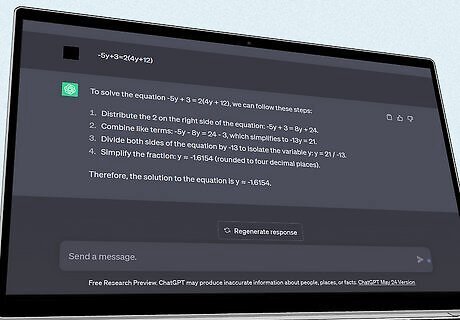
When you ask ChatGPT a question, it predicts the answer you're looking for. ChatGPT evaluates your prompt or question, compares it to its training data, and delivers an appropriate response. But unlike a human, who can generally distinguish the difference between fact and fiction, ChatGPT doesn't know right from wrong. It only knows what it was trained to do, and the statistical patterns of language. With that information, ChatGPT formulates its response by predicting the answer based on patterns and contextual clues. As ChatGPT types its responses to you, it does so by predicting the next word in each sentence based on the previous words. This is both why ChatGPT sounds so human, and why ChatGPT sometimes repeats itself and sometimes loses coherence in longer pieces of writing. EXPERT TIP Tyrone Showers Tyrone Showers Technologist Tyrone Showers is a Technologist and the Co-owner of Taliferro Group, an IT consulting company based in Seattle, Washington. With over 35 years of professional experience, he specializes in API Design, e-Commerce, Operational Efficiency, and website development. He has a B.S. in Computer Science from DeVry Institute of Technology. Tyrone Showers Tyrone Showers Technologist Practice using ChatGPT to enhance your creative workflow. ChatGPT is a valuable tool for writers and content creators to generate creative texts and many types of content. You can unlock its full potential by mastering how to refine prompts, provide clear instructions, and understand ChatGPT's recurring patterns.




















Comments
0 comment